Weaving in 2023
Posted by Weaver Of Ireland on 17th May 2023
Weaving is a fine craft, it takes concentration, vision and patience. If you are looking for something to do that is productive, while escaping from any digital device & shutting off from the loud noise of today’s world – then weaving may be for you. It marries craft & meditation and is soothing for those who practise it, all the while creating something sustainable that has been used for centuries & will be used for many to come.
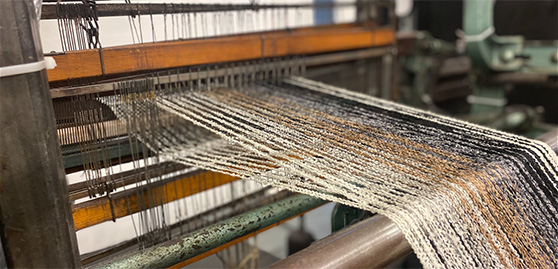
Today we are going to talk about weaving in Ireland over the centuries and how it is acknowledged as one of the oldest remaining crafts in the world. The origins of weaving in Ireland are not well documented, however it is believed to have been introduced to the island several thousand years ago. The earliest evidence of weaving in Ireland dates back to the Bronze Age (2500-600 BC). A fragment of cloth in the National Museum, found in a bog in County Antrim, is dated from at least 700 B.C. when cloth was woven using simple hand-operated looms. Over time, the craft of weaving evolved, with new techniques and materials being introduced, and the use of the craft became widespread throughout the island.
During the medieval period, Irish weaving became known for its intricate designs, which often featured traditional Irish symbols such as the harp, shamrock and knotwork patterns. Knotwork patterns are an integral part of Irish weaving and are often used to create detailed and decorative designs. The term "knotwork" refers to a style of interlacing patterns that feature loops, twists, and turns that create a repeating, decorative design. These patterns were typically woven into cloth using natural dyes and simple hand-operated looms.
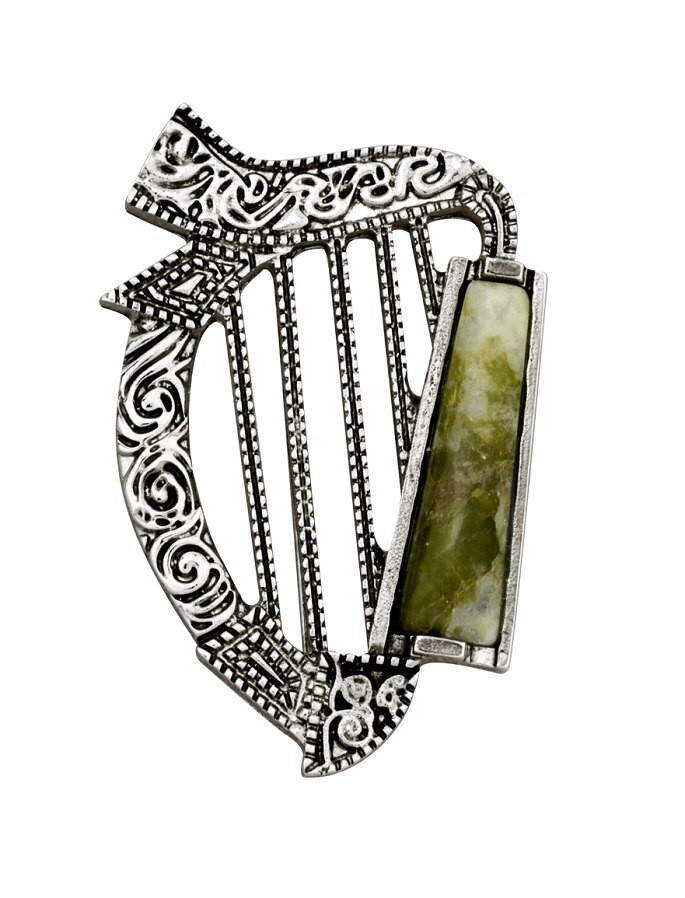
|
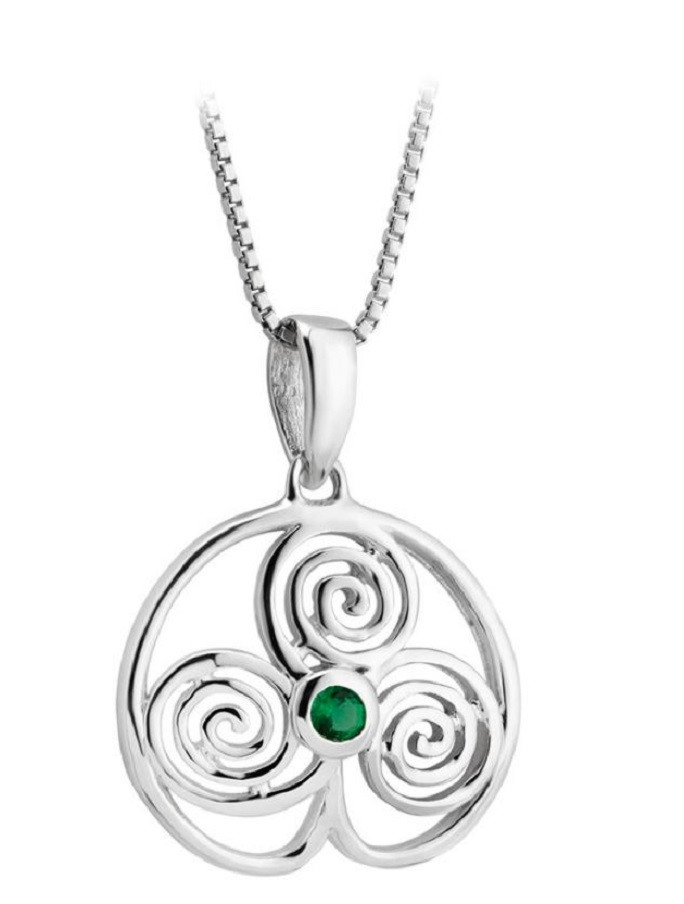
|

|
|
Harp Brooch |
Shamrock Necklace |
Celtic Knot Bracelet |
In Irish culture, knotwork patterns are often associated with the Celts, who were known for their complex and ornate metalwork, carving, and weaving. The use of knotwork patterns in Irish weaving can be traced back to the early medieval period, when the designs were used to decorate clothing, tapestries, and other textiles.
|
Lambswool Celtic Ruana Wrap - Mountain Green |

|
Over time, the Celtic knotwork pattern became a symbol of Irish heritage and was widely used in weaving, embroidery, and other crafts. The designs often featured traditional Irish symbols. They were used to tell stories, convey cultural values, and celebrate the beauty and history of the Irish people. These designs were often woven into cloth using natural dyes, with colors derived from plants, bark and other materials.
In the 20th century, Irish weaving suffered a major setback as a result of the decline of the Irish wool industry. The increasing popularity of synthetic fibres, combined with a decrease in demand for wool, led to a decline in the number of weavers in Ireland. However, in recent years, there has been a resurgence of interest in traditional Irish weaving, with many young people taking up the craft and keeping it alive.
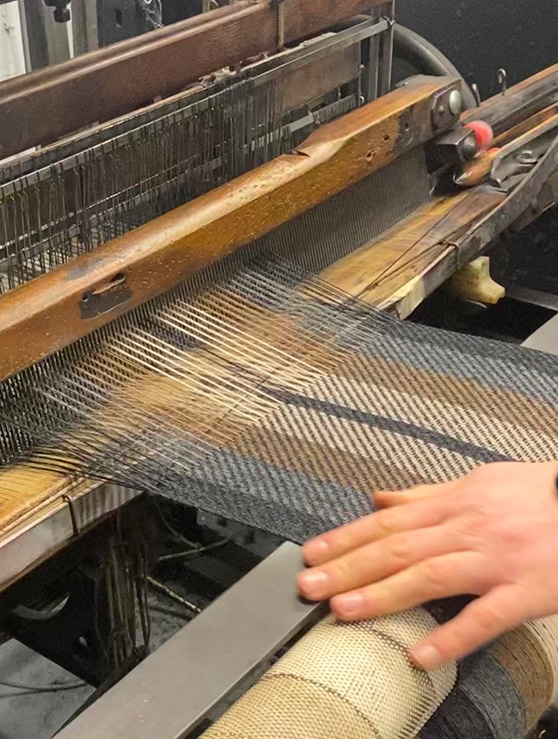
Irish weaving has a rich and diverse history that spans several centuries and has undergone many changes over time. Irish weaving has evolved to keep pace with the changing times.
As the Industrial Revolution took hold in Ireland, the weaving industry underwent significant change. New technological advancements, such as the power loom, allowed weavers to produce larger quantities of cloth in a shorter amount of time. This resulted in a decrease in the cost of production, making Irish weaving more accessible to a wider audience. This period also saw the introduction of new dyes and colors, as well as new materials such as synthetic fibres, which enabled weavers to create a wider range of designs and colors.
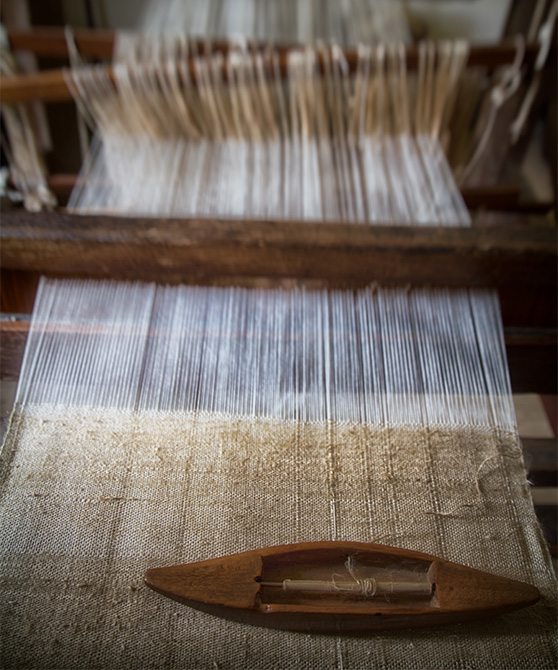
The introduction of digital looms has also had a profound impact on Irish weaving. These looms have made it possible to create tricky designs with greater speed and accuracy, and to produce large quantities of cloth with a consistent quality. They have also allowed weavers to create new and innovative designs that were previously impossible to produce using traditional techniques.
Overall, Irish weaving has undergone many changes over the years, adapting to new technologies and changing demands. Yet, the core values and traditions of the craft remain unchanged, and the skill and craftsmanship of Irish weavers continues to be celebrated and appreciated around the world. Today, Irish weaving is once again thriving, and is recognized as one of the most important and influential traditions in Ireland, as it should.
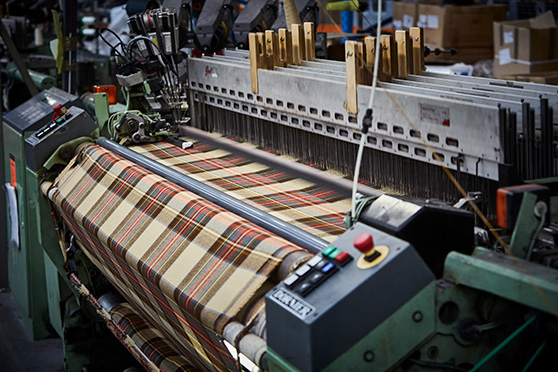
Until next time, slán a chara


